Home>Furniture & Design>Outdoor Furniture>How To Remove Mildew From Outdoor Furniture
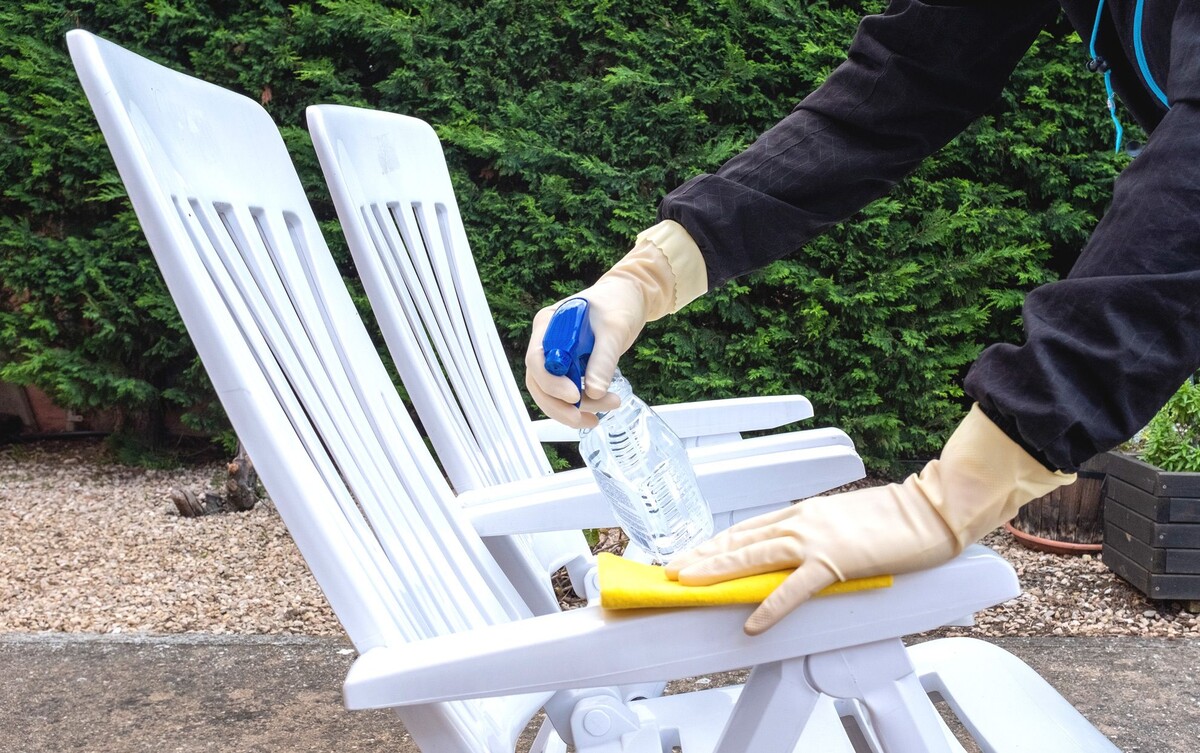

Outdoor Furniture
How To Remove Mildew From Outdoor Furniture
Published: January 15, 2024
Learn effective methods to remove mildew from outdoor furniture and keep it looking fresh and clean. Discover expert tips for maintaining your outdoor furniture and design.
(Many of the links in this article redirect to a specific reviewed product. Your purchase of these products through affiliate links helps to generate commission for Storables.com, at no extra cost. Learn more)
**
Introduction
**
When the warm weather arrives, there's nothing better than lounging on your outdoor furniture, soaking up the sun’s rays. However, with exposure to the elements, outdoor furniture is susceptible to mildew, which can detract from its aesthetic appeal and compromise its durability. Fear not, as we delve into the world of mildew and explore effective methods to banish it from your outdoor oasis. Whether you have a penchant for classic wooden pieces, sleek metal designs, or resilient wicker furniture, we have the solutions to restore your outdoor haven to its former glory.
Mildew, a common issue for outdoor furniture, is a type of mold that thrives in humid, damp conditions. It often manifests as black, gray, or white patches, imparting an unsightly appearance and a musty odor to affected items. Understanding the nature of mildew and implementing appropriate cleaning and preventive measures is crucial to safeguard your outdoor furniture investment.
Join us as we embark on a journey to uncover the mysteries of mildew, discover effective cleaning solutions, and learn how to prevent its unwelcome return. By the end of this guide, you will be equipped with the knowledge and tools to keep your outdoor furniture pristine and mildew-free, ensuring many more seasons of relaxation and enjoyment. Let's dive in and bid farewell to mildew, restoring the allure of your outdoor living space.
**
Key Takeaways:
- Say goodbye to mildew on your outdoor furniture by using vinegar and water for wood, bleach and water for metal, and mildew remover products. Protect your furniture with regular cleaning and maintenance, air circulation, and protective covers.
- Prevent mildew from returning by promoting air circulation, using protective covers, applying sealants, and choosing mildew-resistant fabrics. Regular cleaning and maintenance are key to keeping your outdoor furniture mildew-free and inviting.
Understanding Mildew
**
Before we delve into the removal and prevention of mildew on outdoor furniture, it’s essential to understand the nature of this pesky intruder. Mildew is a type of mold that thrives in moist, warm environments, making outdoor furniture an ideal breeding ground. It typically appears as a thin, powdery, or patchy growth on surfaces, ranging in color from white and gray to black.
Mildew is not only unsightly but can also compromise the integrity of the materials it infests. For wooden furniture, mildew can cause discoloration and deterioration of the wood fibers. On metal furniture, mildew can lead to corrosion and staining, while wicker and fabric upholstery are susceptible to discoloration and weakening of fibers.
Understanding the conditions that foster mildew growth is crucial in combating its presence. Factors such as high humidity, lack of air circulation, and prolonged exposure to moisture contribute to the development of mildew. In shaded areas or during periods of high humidity, such as rainy seasons, mildew can proliferate rapidly, posing a significant challenge for outdoor furniture owners.
Furthermore, the presence of organic matter, such as dirt and debris, on outdoor furniture provides nutrients for mildew growth. This is particularly relevant for wooden furniture, as the porous nature of wood can harbor organic particles, creating an inviting environment for mildew to take hold.
By gaining insight into the conditions that encourage mildew and the potential damage it can inflict on outdoor furniture, you are better equipped to tackle this issue head-on. Armed with this knowledge, you can select appropriate cleaning solutions and implement preventive measures to safeguard your outdoor furniture from the clutches of mildew.
**
Cleaning Solutions
**
When combating mildew on outdoor furniture, selecting the right cleaning solutions is paramount to effectively eliminating this unwelcome guest. The choice of cleaning agents should be tailored to the material of the furniture and the severity of the mildew infestation. Let’s explore some effective cleaning solutions to banish mildew and restore the beauty of your outdoor furniture.
- Vinegar and Water: A simple yet potent solution for combating mildew on various outdoor furniture materials is a mixture of white vinegar and water. This natural and eco-friendly remedy is particularly effective for wooden furniture. Mix equal parts of white vinegar and water in a spray bottle, then generously apply the solution to the affected areas. Allow it to sit for several minutes before scrubbing with a soft brush or cloth. The acidic nature of vinegar inhibits mildew growth and helps to lift existing stains.
- Bleach and Water: For more severe cases of mildew, particularly on non-porous surfaces such as metal furniture, a diluted bleach solution can be highly effective. Mix one part bleach with four parts water and apply the solution to the affected areas. Exercise caution and ensure adequate ventilation when using bleach, and always test the solution on a small, inconspicuous area first to prevent damage to the furniture. After application, rinse thoroughly with water to remove any residual bleach.
- Mildew Remover Products: There are numerous commercial mildew remover products available, specially formulated for outdoor furniture. These products often contain potent ingredients designed to eradicate mildew effectively. When using these products, carefully follow the manufacturer’s instructions and consider spot-testing on a discreet area to ensure compatibility with the furniture material.
Regardless of the cleaning solution chosen, it’s essential to wear protective gear, such as gloves and a mask, when working with cleaning agents to ensure personal safety. Additionally, always thoroughly rinse the furniture after cleaning to remove any residue and prevent potential damage from prolonged exposure to cleaning solutions.
By employing the appropriate cleaning solutions, you can effectively combat mildew and revitalize your outdoor furniture, restoring its luster and prolonging its lifespan. Now that we’ve explored effective cleaning solutions, let’s turn our attention to the specific methods for removing mildew from different outdoor furniture materials.
**
Mix equal parts of white vinegar and water in a spray bottle. Spray the affected areas and let it sit for 10-15 minutes. Scrub with a brush and rinse with water. Repeat if necessary.
Removing Mildew from Different Materials
**
Outdoor furniture comes in a variety of materials, each requiring tailored care when it comes to removing mildew. Whether you have wooden, metal, wicker, or fabric-upholstered furniture, here are specific methods for banishing mildew from different materials:
- Wooden Furniture: For wooden outdoor furniture, a mild solution of white vinegar and water is highly effective in removing mildew. After applying the solution and allowing it to sit for a few minutes, gently scrub the affected areas with a soft brush or cloth. Once the mildew is removed, thoroughly rinse the furniture and allow it to dry completely before applying a protective sealant to prevent future mildew growth.
- Metal Furniture: Metal furniture can be cleaned using a diluted bleach solution to combat mildew. After applying the solution and allowing it to sit briefly, rinse the furniture thoroughly to prevent any potential corrosion from the bleach. For stubborn mildew, a commercial metal cleaner may be used, following the manufacturer’s guidelines.
- Wicker Furniture: To remove mildew from wicker furniture, a solution of mild detergent and water can be used. After gently scrubbing the affected areas, rinse the furniture and allow it to dry completely. To further protect the wicker from future mildew, applying a thin coat of furniture wax or oil can be beneficial.
- Fabric-Upholstered Furniture: For fabric-upholstered outdoor furniture, a solution of mild detergent and water is effective for removing mildew. After applying the solution and gently scrubbing the affected areas, rinse the fabric thoroughly and allow it to air dry. To prevent mildew from returning, ensure the upholstery is completely dry before placing cushions or pillows back on the furniture.
Regardless of the material, it’s important to address mildew promptly to prevent it from spreading and causing further damage. Regular maintenance and cleaning can help mitigate the risk of mildew and preserve the integrity of your outdoor furniture.
By employing the appropriate cleaning methods for different materials, you can effectively eradicate mildew and restore the beauty of your outdoor furniture, ensuring it remains a welcoming and inviting space for relaxation and enjoyment.
**
Preventing Mildew
**
Prevention is key when it comes to combating mildew on outdoor furniture. By implementing proactive measures, you can significantly reduce the likelihood of mildew taking hold and preserve the pristine condition of your outdoor oasis. Here are some effective strategies to prevent mildew from rearing its unwelcome head:
- Regular Cleaning and Maintenance: Establish a routine for cleaning and maintaining your outdoor furniture. Regularly remove debris, such as leaves and dirt, from surfaces and crevices to eliminate potential organic matter that can foster mildew growth. Wiping down furniture with a mild detergent solution and thoroughly drying it can help prevent mildew from gaining a foothold.
- Promote Air Circulation: Proper air circulation is essential for preventing mildew. Position your outdoor furniture in a way that allows for adequate airflow, reducing the likelihood of moisture becoming trapped and creating an environment conducive to mildew growth. If possible, consider placing furniture in areas with ample sunlight and ventilation.
- Protective Covers: Utilize protective covers for your outdoor furniture when it’s not in use, particularly during inclement weather or extended periods of non-use. Covers provide a barrier against moisture and debris, helping to safeguard the furniture from mildew and prolonging its longevity.
- Apply Sealants and Protective Coatings: For wooden furniture, applying a sealant or protective coating can enhance its resistance to moisture and mildew. Be sure to follow the manufacturer’s recommendations for application and reapplication intervals to maintain the protective barrier.
- Use Mildew-Resistant Fabrics: When selecting fabric-upholstered outdoor furniture or cushions, opt for materials that are specifically designed to resist mildew. These fabrics are treated to repel moisture and inhibit mildew growth, providing added protection and peace of mind.
By incorporating these preventive measures into your outdoor furniture care routine, you can create an inhospitable environment for mildew, ensuring that your outdoor haven remains a pristine and inviting space for relaxation and entertainment.
**
Read more: How To Remove Mildew From Outdoor Umbrella
Conclusion
**
As we conclude our journey through the realm of mildew and outdoor furniture, it’s evident that combating this common nuisance requires a blend of understanding, vigilance, and proactive care. Mildew, with its propensity for thriving in humid and damp conditions, poses a persistent challenge for outdoor furniture owners. However, armed with the knowledge and effective cleaning and preventive measures, you can reclaim the allure of your outdoor oasis and ensure its longevity.
By comprehending the nature of mildew and its potential impact on different materials, you are empowered to select appropriate cleaning solutions and methods tailored to your outdoor furniture. Whether it’s wooden, metal, wicker, or fabric-upholstered furniture, there are targeted approaches to banishing mildew and restoring the beauty of each material.
Furthermore, the importance of prevention cannot be overstated. Establishing a regular cleaning and maintenance routine, promoting air circulation, utilizing protective covers, and selecting mildew-resistant fabrics are pivotal in mitigating the risk of mildew and preserving the pristine condition of your outdoor furniture.
As you embark on the journey of mildew removal and prevention, remember that each step taken contributes to the longevity and aesthetic appeal of your outdoor haven. With a blend of diligence, care, and the knowledge shared in this guide, you can bid farewell to mildew and ensure that your outdoor furniture remains a welcoming and rejuvenating space for years to come.
So, armed with the insights and strategies provided, it’s time to take charge of your outdoor furniture’s destiny, banishing mildew and embracing the joy of al fresco living. Here’s to a future of relaxation, convivial gatherings, and tranquil moments amidst the beauty of your mildew-free outdoor sanctuary.
Frequently Asked Questions about How To Remove Mildew From Outdoor Furniture
Was this page helpful?
At Storables.com, we guarantee accurate and reliable information. Our content, validated by Expert Board Contributors, is crafted following stringent Editorial Policies. We're committed to providing you with well-researched, expert-backed insights for all your informational needs.
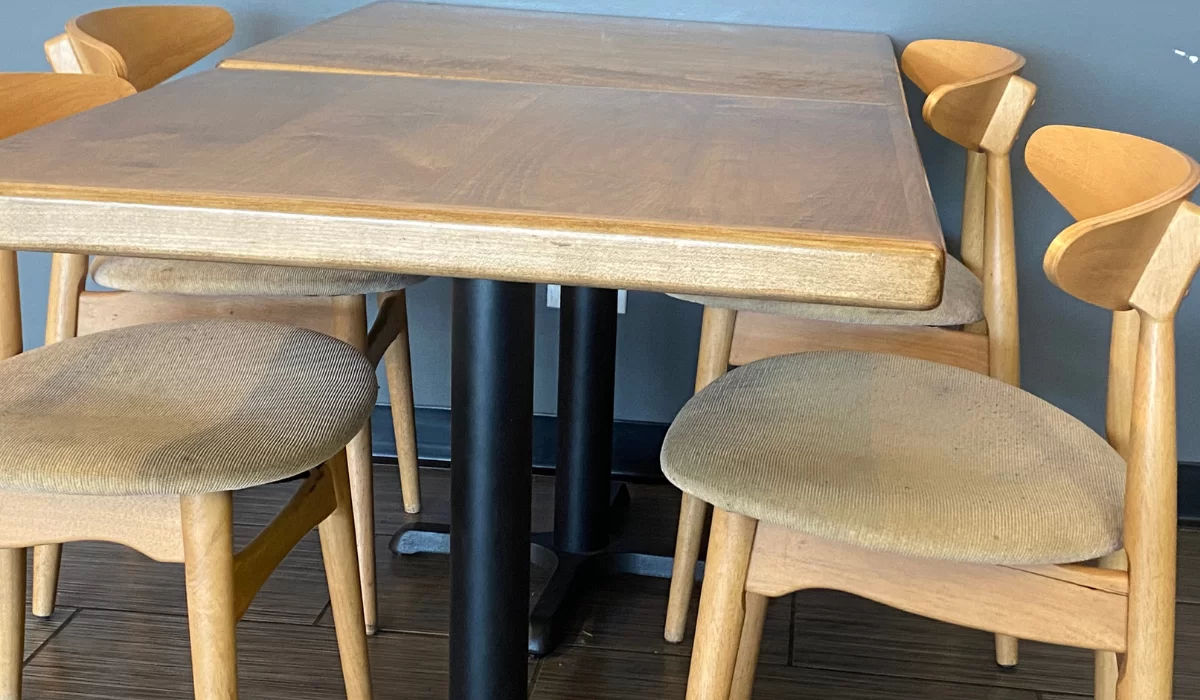
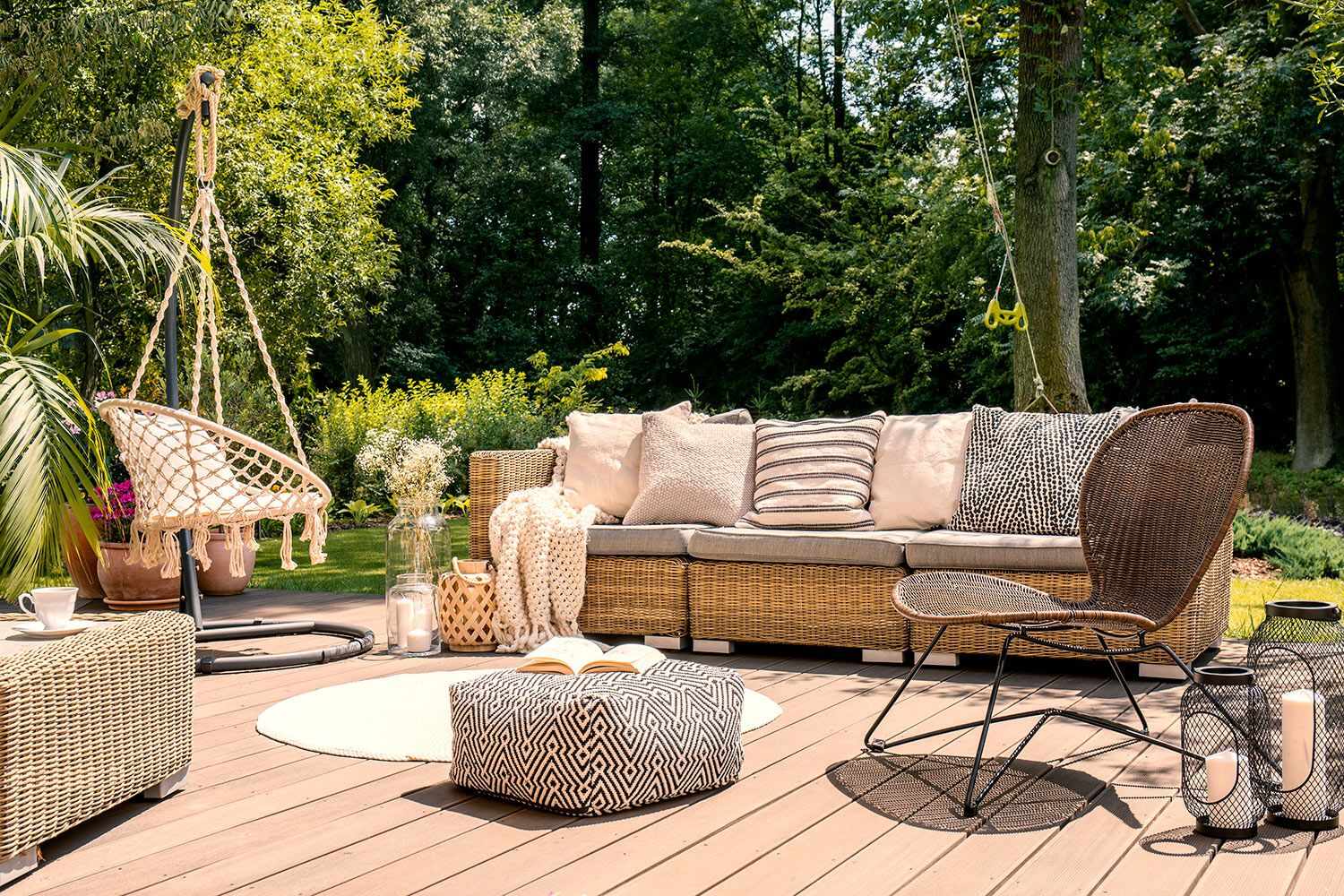
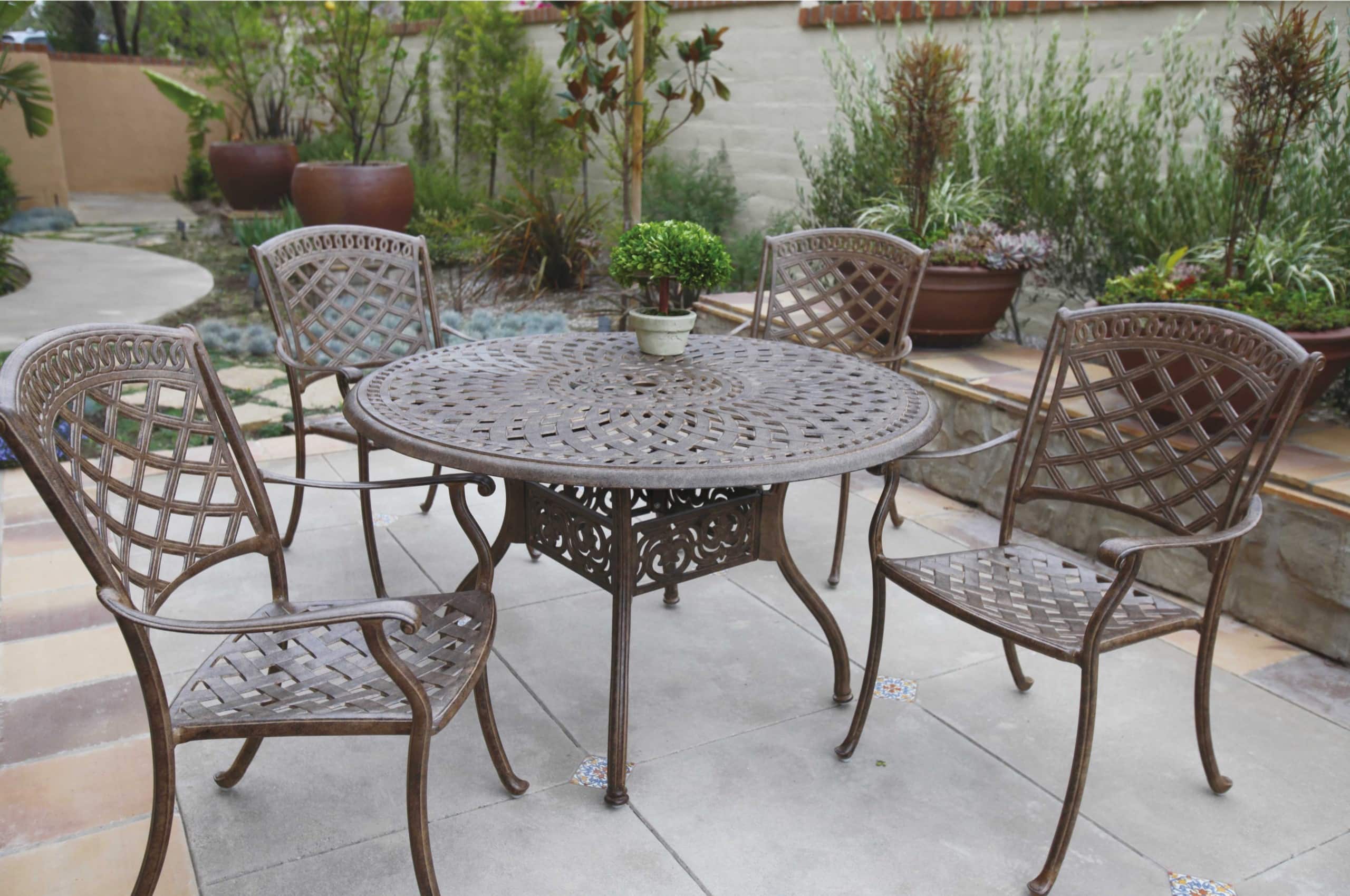
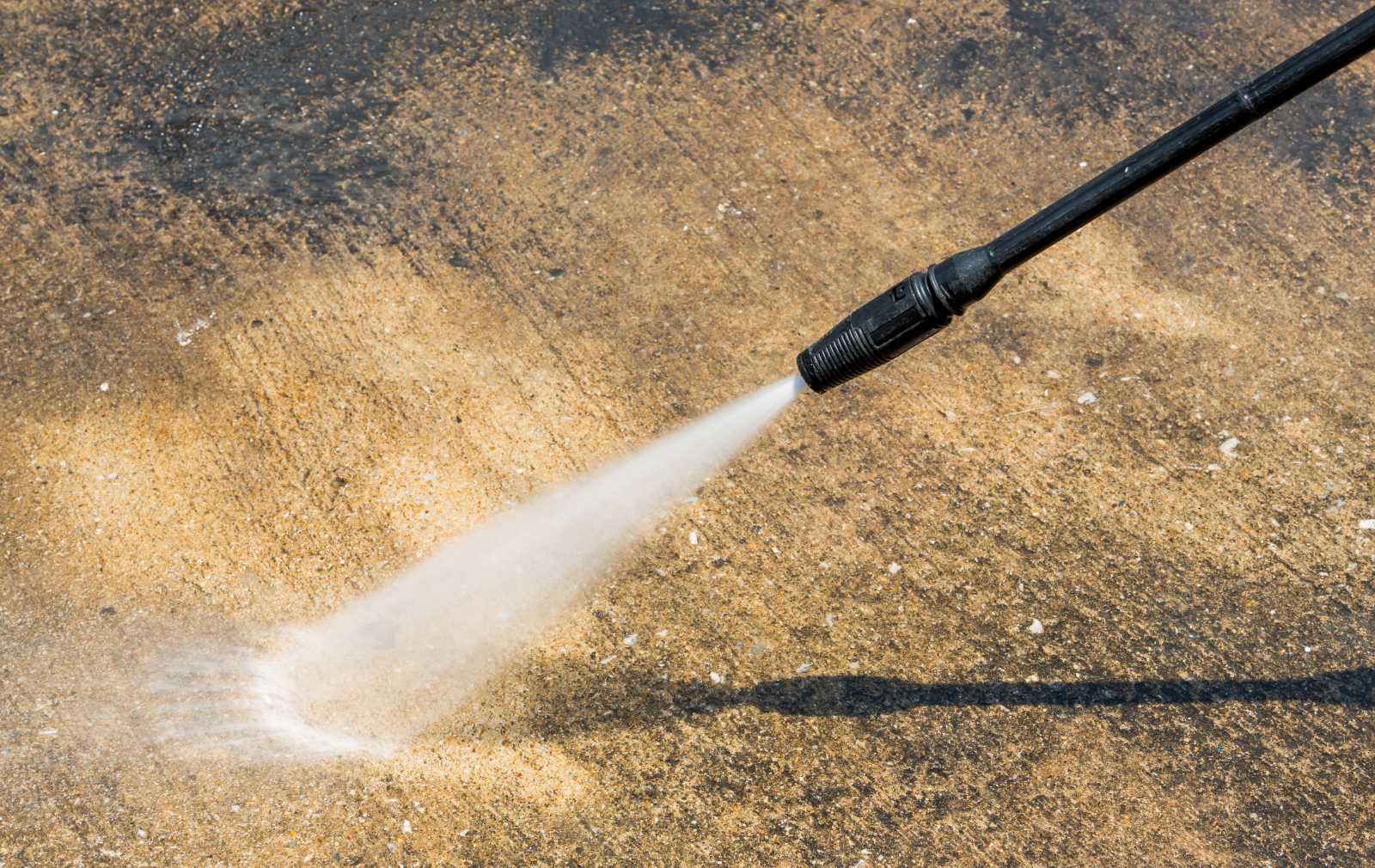
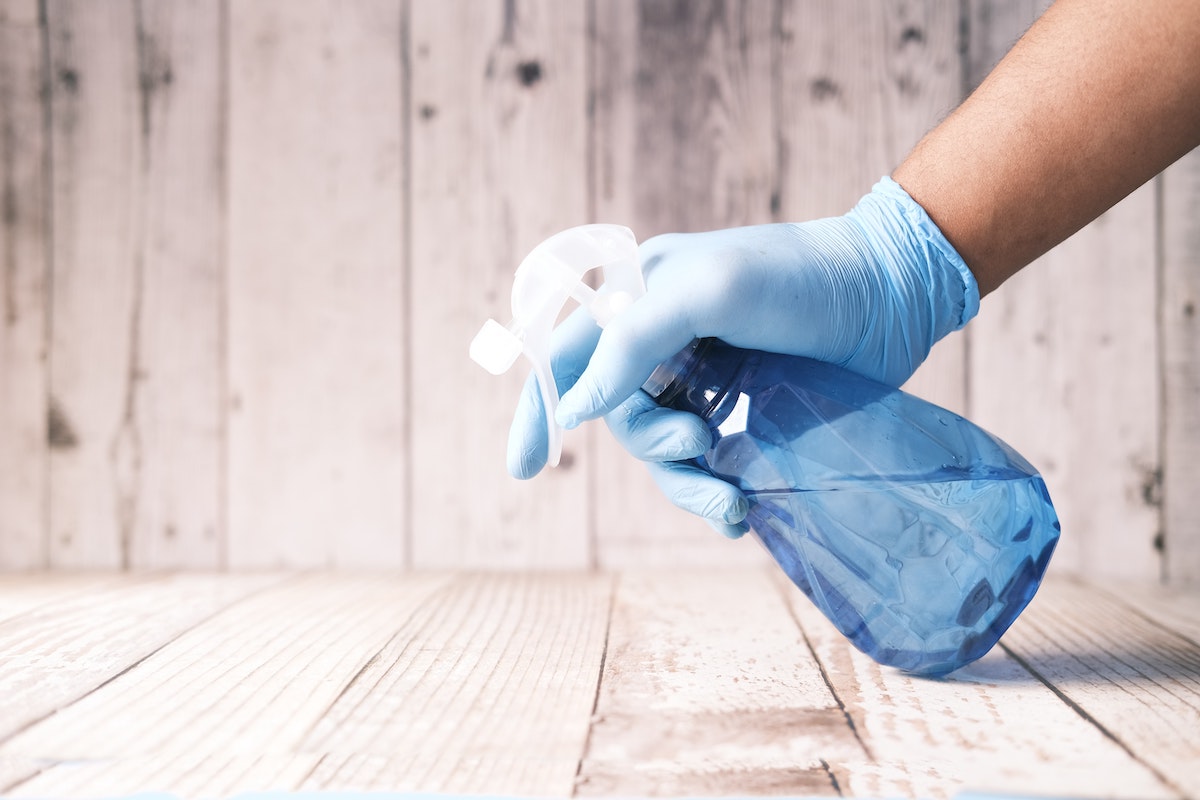
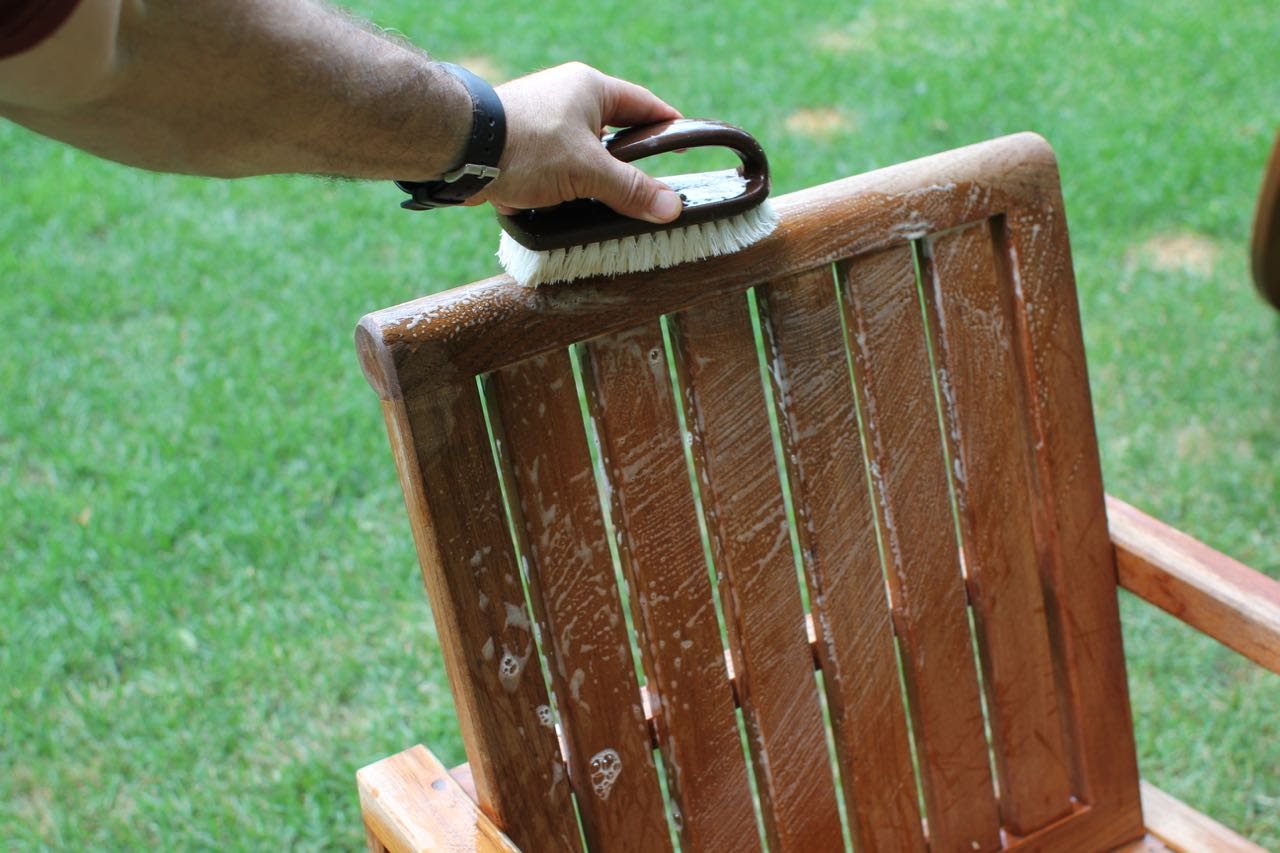
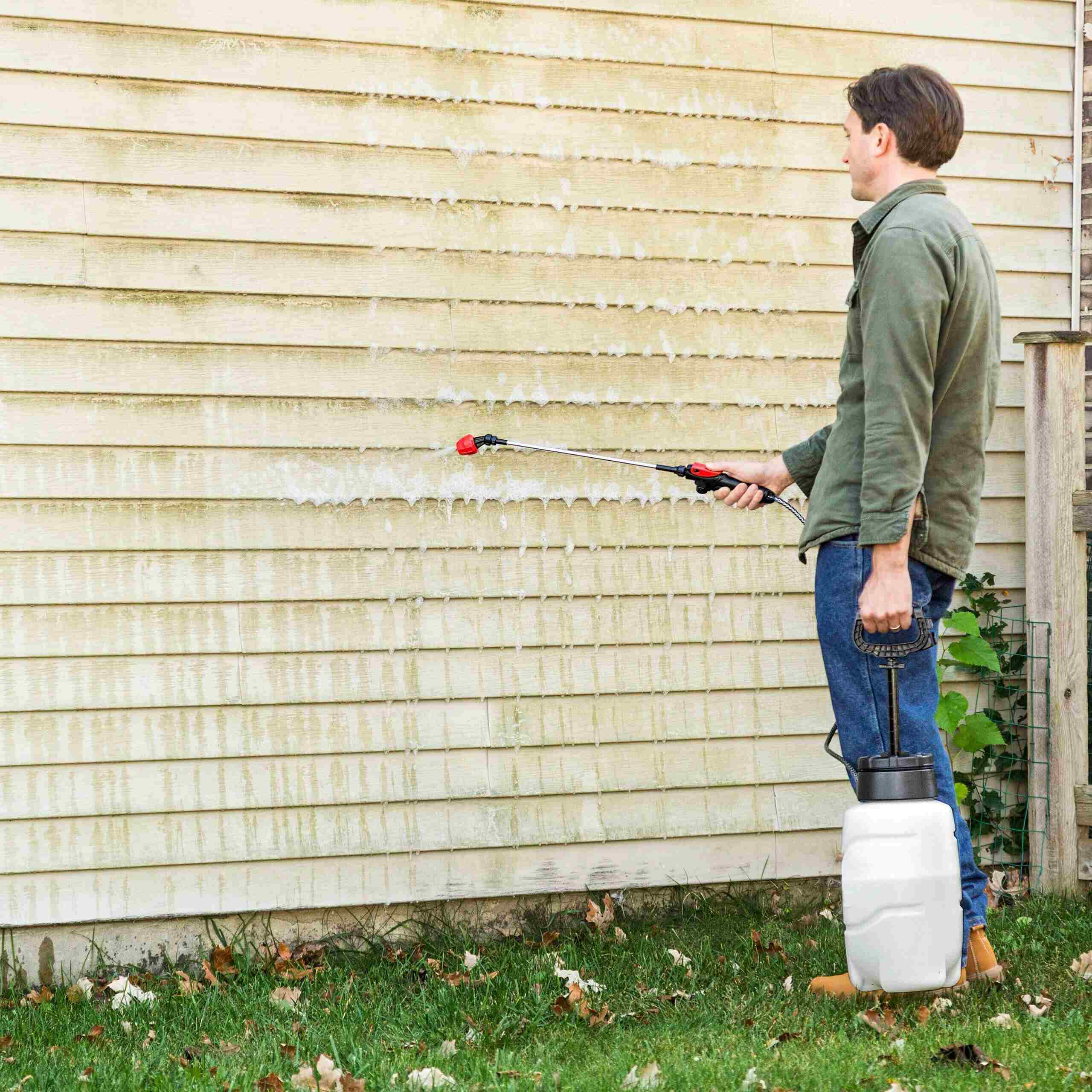


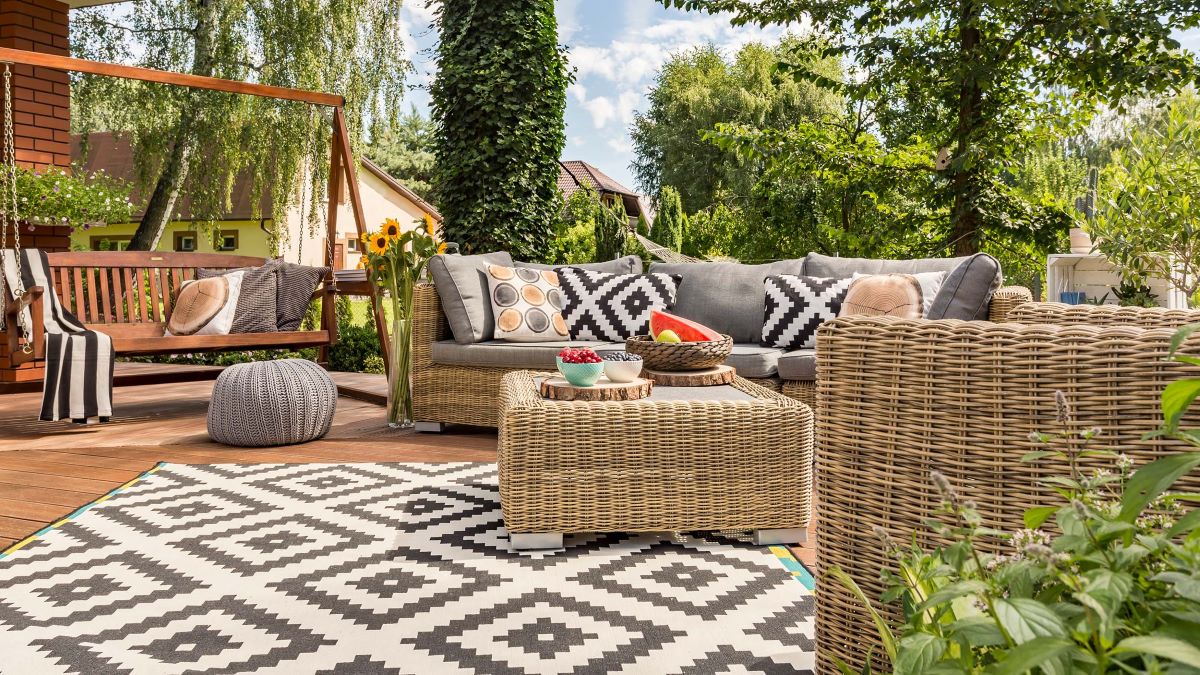
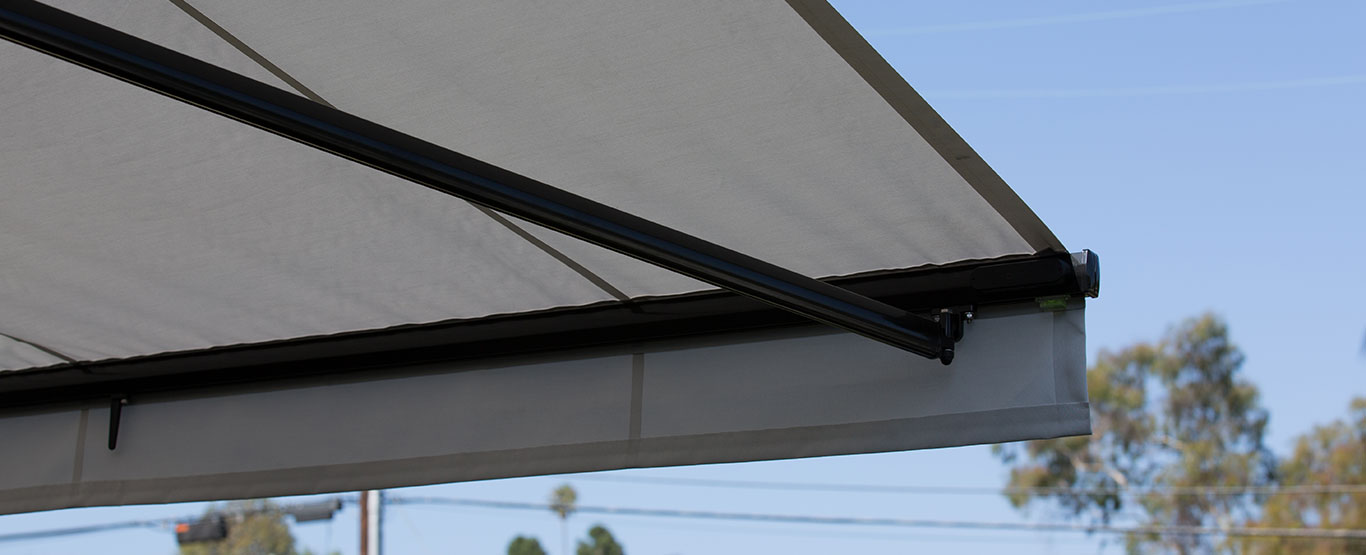
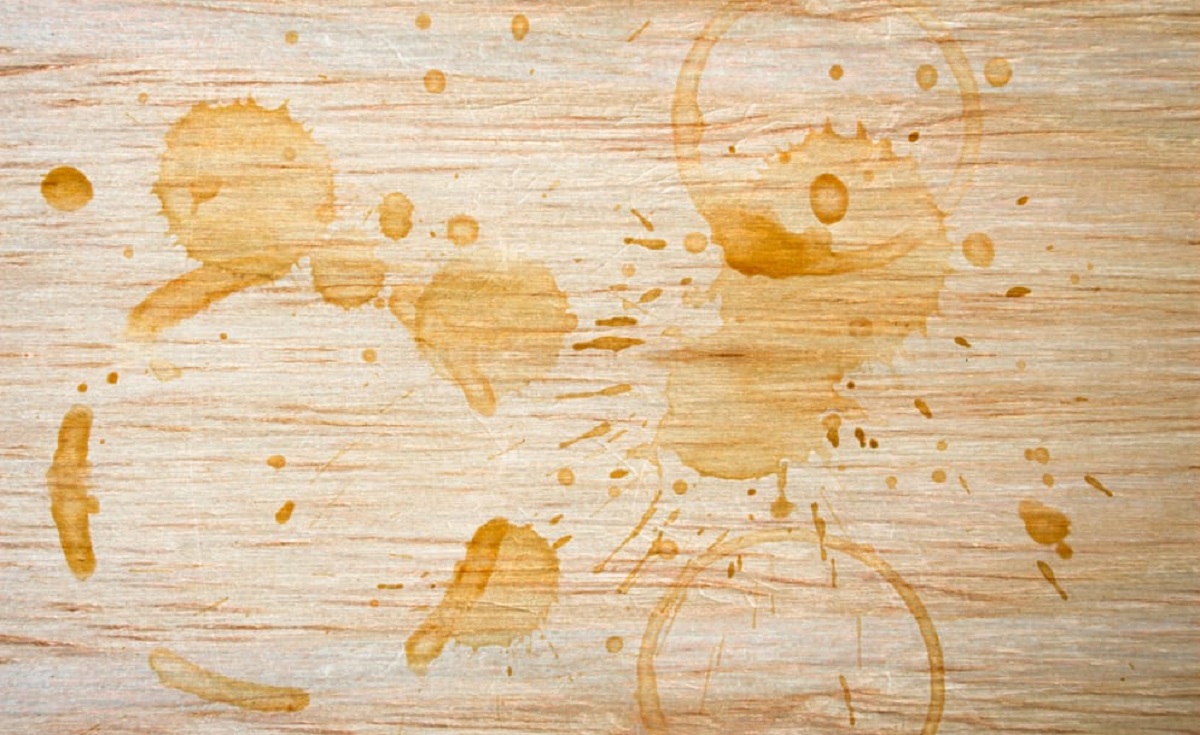
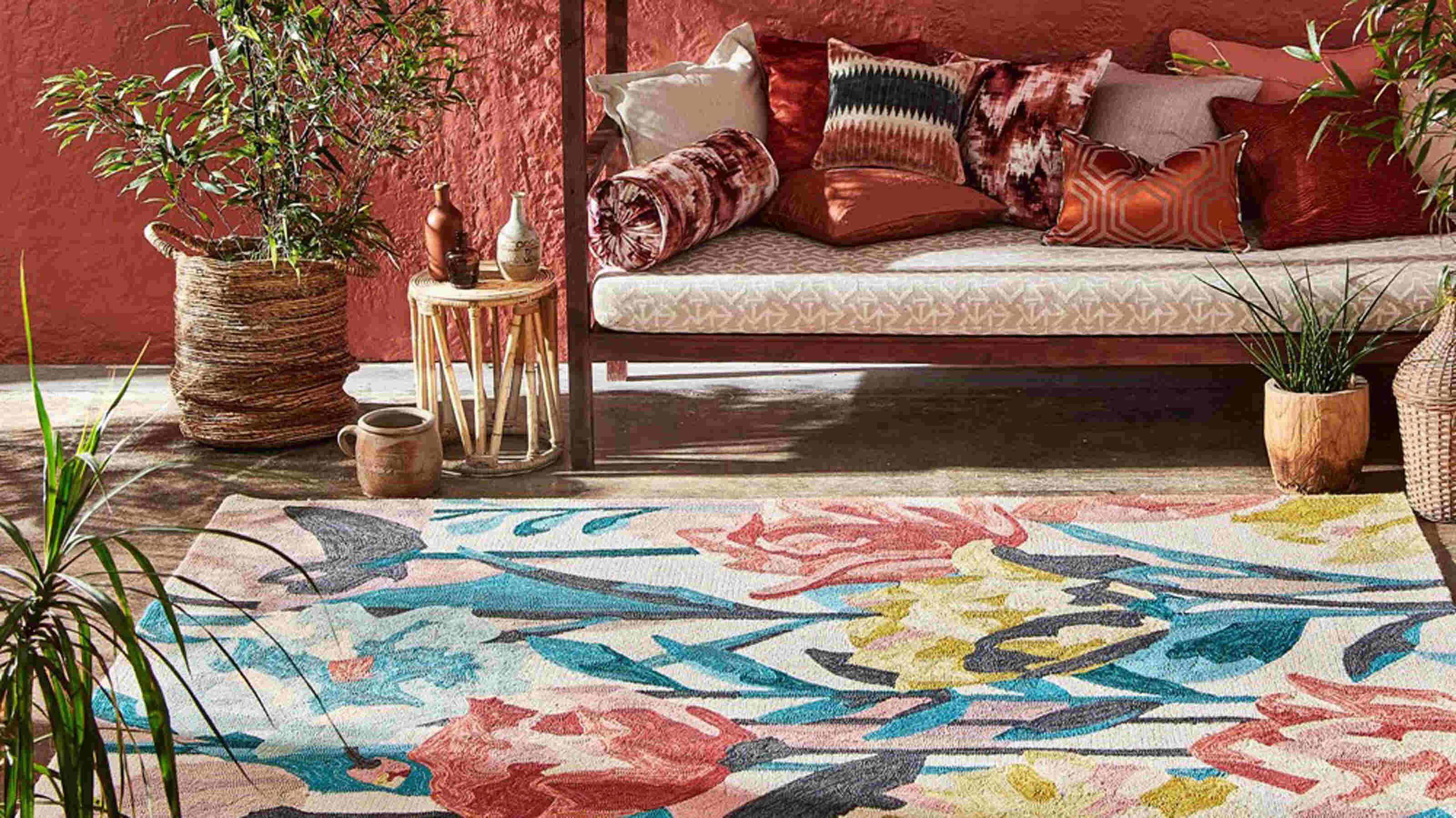
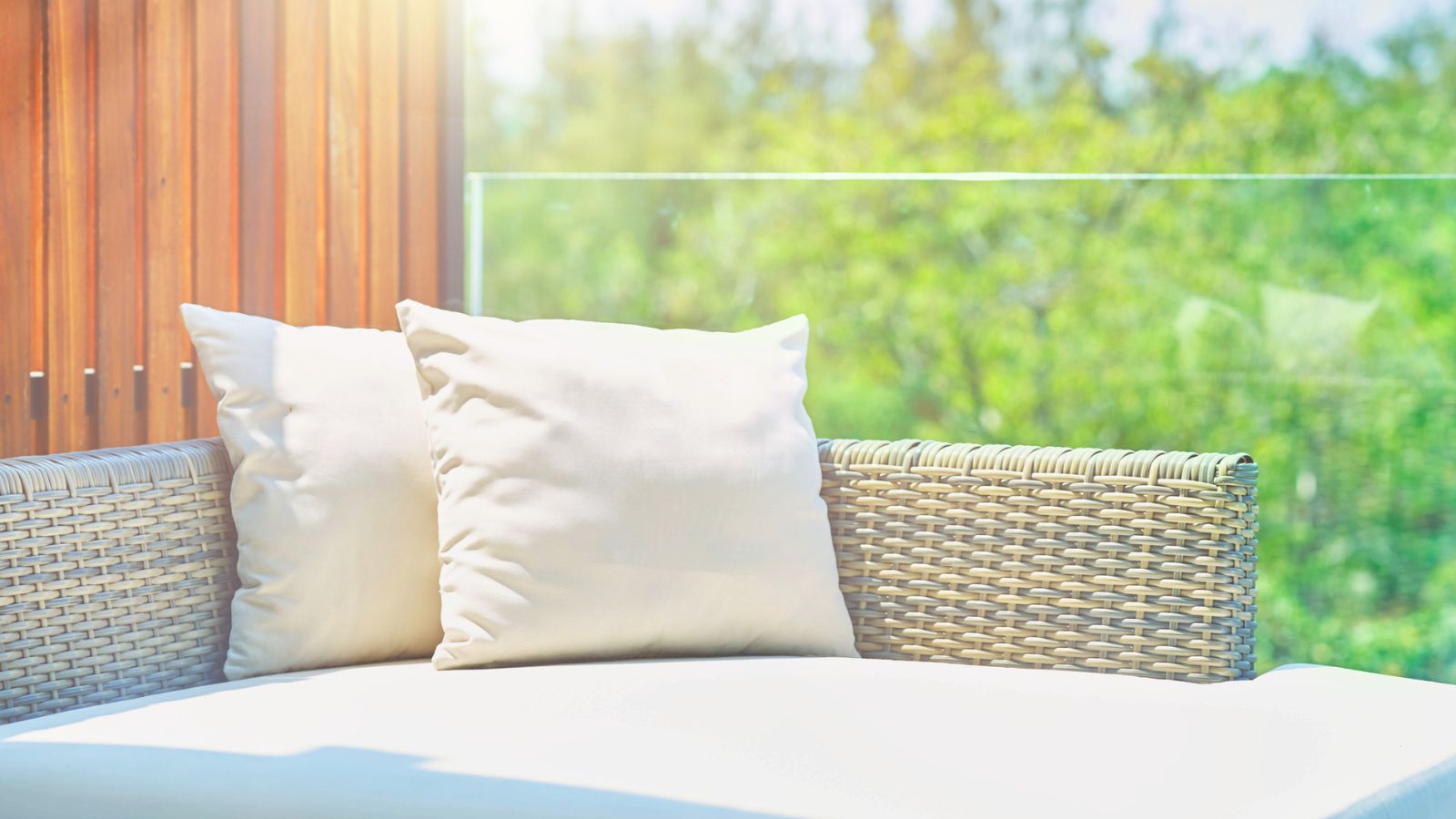

0 thoughts on “How To Remove Mildew From Outdoor Furniture”